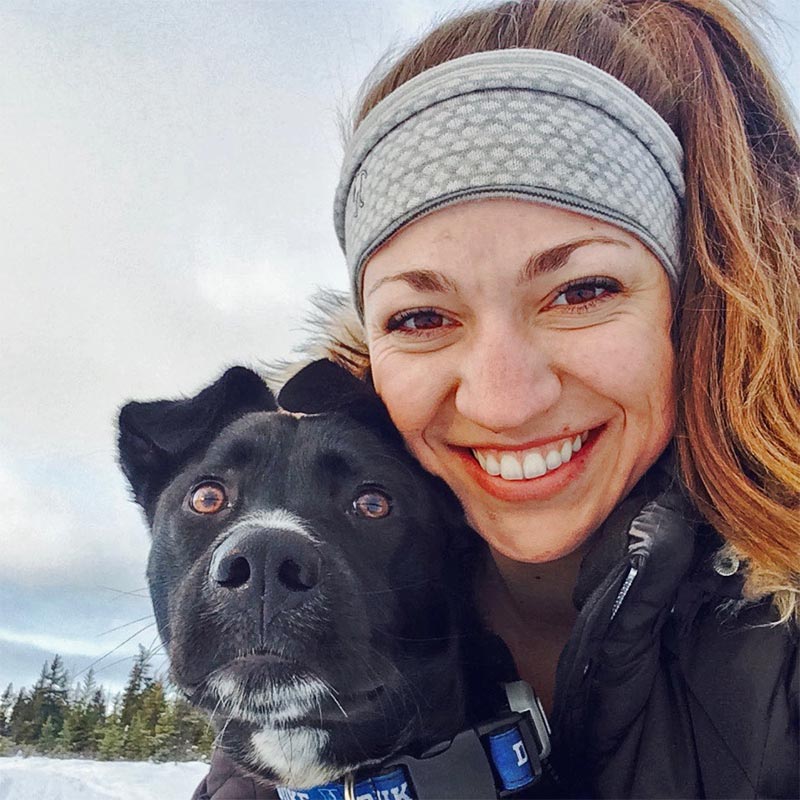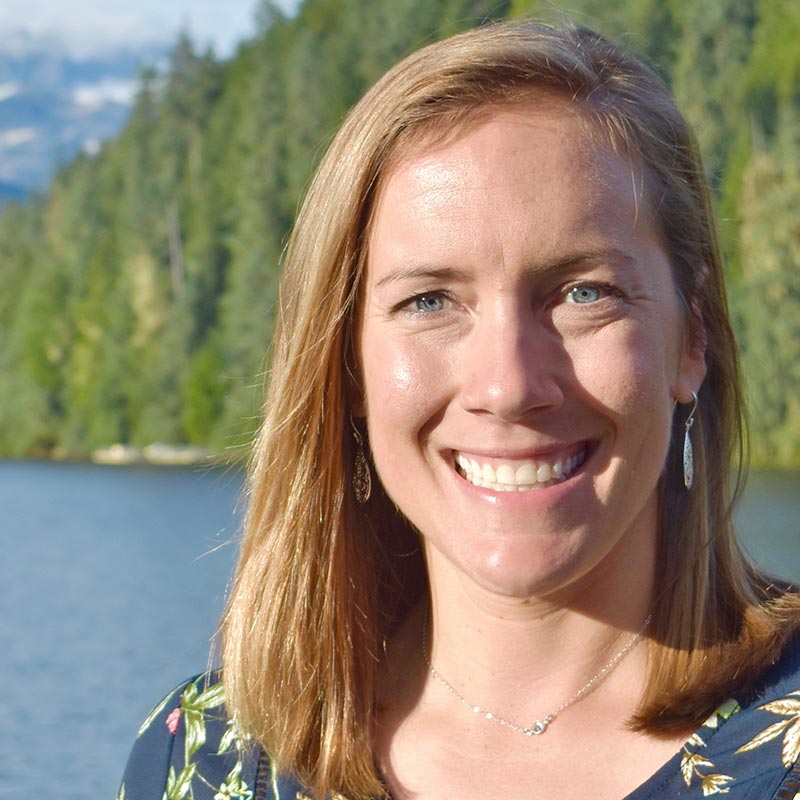Alaska Sea Grant Annual Report
2017–2018
2017–2018
Year in review
Welcome to our 2017–2018 annual report! In the stories collected here, we share highlights of Alaska Sea Grant’s work this past year and invite you to share your feedback. During the year, we’ve furthered our mission to sustain Alaska’s healthy coasts, ecosystems and economies, through research education and outreach. We continue to support future leaders in science and marine policy through our traineeship and fellowship programs and K-12 learning initiatives.
Healthy Coastal Ecosystems
Alaskans depend on healthy coastal ecosystems. Healthy ecosystems maintain structure and function over time in the face of external stress and change. They are biologically productive and resilient to physical forces and to the social, political, and economic drivers that dictate human interactions. Humans are a part of Alaska’s coastal ecosystems, using seasonally abundant resources to meet subsistence, cultural, and economic needs. Many Alaskans have a deep knowledge and engagement with their natural surroundings.
Resilient Communities and Economies
Most coastal communities in Alaska are accessible only by boat and air. While valued by local residents, this remoteness results in higher costs for goods and services and fewer economic opportunities. Challenges in coastal communities include high energy costs, low margins for businesses, limited municipal revenues, limited Internet capability, decreasing state financial support, and other factors that can make it difficult to attract business, create employment opportunities for residents, sustain community services, and provide for community well-being.
Sustainable Fisheries and Aquaculture
Alaskans depend on the harvest of fish, shellfish, and other marine resources including marine mammals, invertebrates, plants and seabirds, for food, and in the case of fish and shellfish, for jobs and income. Alaska’s waters provide over half of America’s commercial fisheries landings each year. Subsistence harvest of marine resources for food occurs across the state, serving as the base of a mixed cash-subsistence economy and lifestyle in many coastal communities.
Environmental Literacy and Workforce Development
In Alaska, the context of environmental literacy is a diverse population, with varying degrees of access to educational resources, challenged by a rapidly changing natural environment. The need for current, relevant information gleaned from research and the long-term perspectives of local knowledge is becoming more urgent for Alaskans. Environmentally literate citizens able to participate in public policy decisions that affect Alaska’s coastal resources are crucial.
Alaska Sea Grant Fellows






Learn more about our five new Alaska Sea Grant State Fellows and our new Sea Grant Knauss Marine Policy Fellow.
Our People
Program Administration
Tara Borland, Program Manager
Beverly Bradley, Marine Advisory Program Manager
Jared Jeffery, Fiscal Coordinator
Astrid Rose, Program Assistant
Terri Schimmack, Administrative Assistant
Research
Education and Communications
Dawn Montano, Publications Specialist
Dave Partee, Communications and Web/Database Developer
Marilyn Sigman, Marine Education Specialist
Marine Advisory Program
Torie Baker, Associate Leader/Marine Advisory Agent, Cordova
Gabe Dunham, Marine Advisory Agent, Dillingham
Quentin Fong, Seafood Marketing Specialist, Kodiak
Gary Freitag, Marine Advisory Agent, Ketchikan
Melissa Good, Marine Advisory Agent, Unalaska
Davin Holen, Coastal Community Resilience Specialist, Anchorage
Julie Matweyou, Marine Advisory Agent, Kodiak
Chris Sannito, Seafood Technology Specialist, Kodiak
Gay Sheffield, Marine Advisory Agent, Nome




